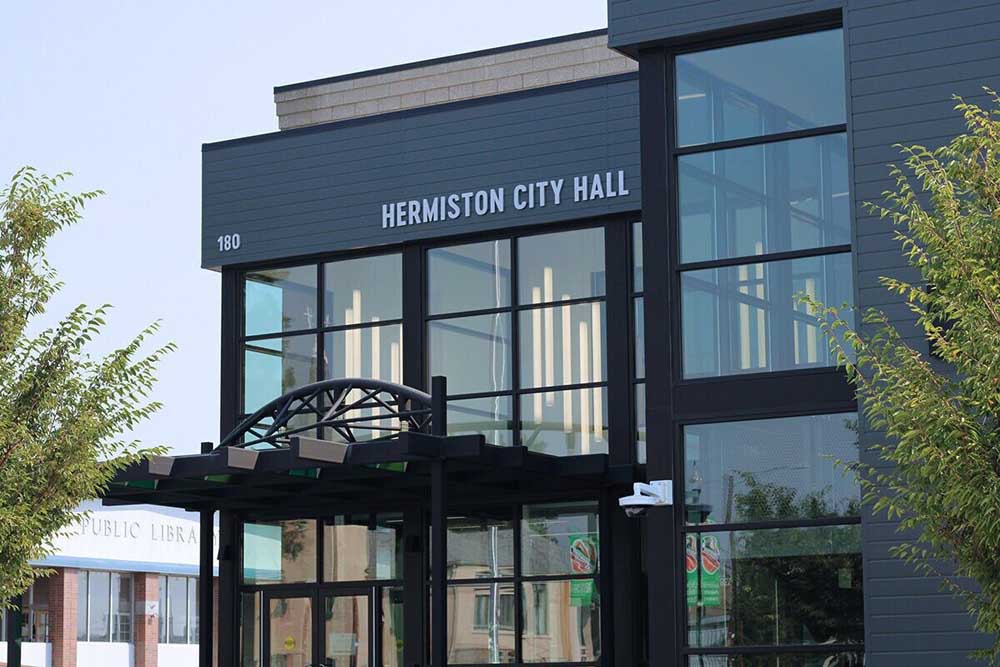‘Pack out’ policy makes sure climbers leave no trace on peaks
Published 5:10 am Sunday, September 29, 2002
MOUNT SHASTA, Calif. – High upon the steep, icy eastern flank of this snowcapped peak, Ned White felt nature’s untimely call.
Perched more than a mile above the nearest privy and with nowhere to bury his waste, White reached into his backpack for the pack-out bag provided by rangers.
With the dexterity of a technical climbing maneuver, White used the package to take care of business, slipped the bundle into his pack and resumed his climb to the roof of Northern California.
On Mount Shasta and at a growing number of national forests and parks across the West, climbers are being asked to bag more than peaks as they take the “leave no trace” ethic to a new level.
In the past four years, climbers have hauled 10 tons of their own waste off Mount Shasta in a rite of passage that is seen as a model in other wilderness areas overwhelmed by the sight, stench and health threat of human waste.
The policies grew out of necessity as rangers found themselves navigating fecal minefields late in summer as the snowpack receded and surprises left during the spring and early summer emerged.
“People are essentially leaving time bombs in the snow. When it melts they’re right at the surface,” said Jon Nakae, wilderness manager for Mount Adams Ranger District in southern Washington. “You would smell human waste later in the summer, or around the boulders you would find piles.”
On Shasta, rangers couldn’t ignore the mess.
Halfway to the top of the 14,162-foot peak, the area around a pit toilet overlooking the Sacramento Valley became a dumping ground in years when snow buried the toilet late into summer.
Hikers melting snow for water occasionally unearthed waste that posed the threat of fecal coliform contamination.
Rangers began hauling heavy packs of human waste they collected from the vanishing snow. Lead climbing ranger Matt Hill said the journey with packs full of waste “got pretty old after a while.” One day Hill tumbled and the need for a better policy came sharply into focus.
“It kind of exploded on me,” he said. “That kind of motivated us right there to start the program. I didn’t think I’d signed on to pick up after people.”
Hill’s partner had a vivid memory of the event, but they needed graphic evidence to persuade bosses who didn’t venture that high up the mountain. Armed with a video camera, they captured footage of the mess littering the mountainside. Change came swiftly.
The pit toilet was permanently capped.
In 1994 they began a voluntary bagging program. It’s been mandatory since 1996 and the kits are provided free at ranger stations and trailheads.
Each sealable plastic bag contains lined paper bags and an 11-by-17-inch instruction sheet marked with a bull’s eye on the opposite side. The sheet is pinned to the ground with rocks or snow. After the target is struck, the sheet is rolled like a burrito, stuffed in the first paper bag, placed in the second bag and then deposited in the plastic bag.
The bags are dropped in trailhead garbage cans. About eight times a year, rangers haul barrels 220 miles south to a Sacramento company that ships it with medical waste to Salt Lake City, where it is steam-sterilized and buried.
The whole program costs about $25,000 a year, which is covered in part by hiking fees. Hill said it seems like a fair price to keep the peak clean for 11,000 annual visitors.
Most hikers approach the program with a sense of humor and Hill estimates that 98 percent play by the rules. No one has been penalized for failing to obey, but Hill points out that no one’s ever been caught in the act.
Similar programs are now in place throughout the Cascades, where heavy snow pack and glaciers preserve human waste, and volcanic ash and rock don’t contain the bacteria or plant life necessary for decomposition.
Even where soil is perfect for burying scat more than 6 inches deep, places such as Sequoia and Kings Canyon national parks in central California are asking backpackers to carry out toilet paper.
Inyo National Forest to the east has begun handing out Nature Calls kits (slogan: “just because bears do it in the woods doesn’t mean you should”) required on the rugged Mountaineers Route up Mount Whitney, the highest peak in America outside of Alaska.
This past summer, Grand Teton National Park in Wyoming removed an outhouse at 11,600 feet and began requiring climbers to pack out their waste.
While some may begrudge sacrificing personal comfort for the greater good, a larger obstacle may be finding privacy above treeline on the snow- and glacier-capped peak.
White, a San Francisco architect who has climbed Mount Shasta for about a decade, said the process is more tedious than burying waste and a bit more risky.
“There’s definitely a downside,” he said. “You are much more aware that you’re carrying a load, so to speak, and the implications of wiping out on your skis become much greater. I was imagining it and I didn’t like what I was seeing.”





